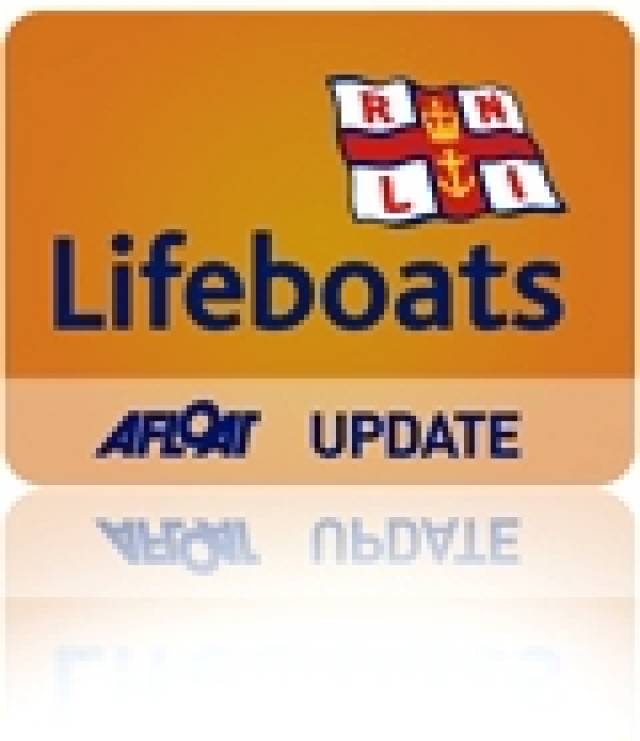The RNLI's new Tamar class all weather lifeboat will arrive at Kilmore Quay in County Wexford next Wednesday (13 October 2010) at 5pm. This €3 million lifeboat will be the first of its class to be based at an Irish lifeboat station. It is the most modern and technically advanced lifeboat in the RNLI fleet.
The new lifeboat, which is to be named Killarney, will undertake a five day passage from Poole in England, calling at lifeboat stations at the Channel Islands, Fowey, Padstow and Fishguard before arriving it its new home at the RNLI Kilmore Quay lifeboat station next Wednesday.
The lifeboat hull was moulded by the RNLI and fitted out in Plymouth under RNLI supervision. Lifeboat crewmembers based in Kilmore Quay have undertaken comprehensive training at the lifeboat college in Poole and on passage onboard the Tamar class lifeboat in preparation for their new arrival.
The new Tamar class lifeboat is 16.3 metres in length with a maximum speed of 25 knots compared to the 14.3 metres of the current Tyne class lifeboat stationed at Kilmore Quay, which has a maximum speed of 18 knots. The lifeboat is self-righting and is fitted with an integrated electronics Systems and Information Management System, which allows the lifeboat crew to monitor, operate and control many of the boats systems from shock mitigating seats.
The Tamar also carries a Y boat (an inflatable daughter boat) which is housed under the aft deck and deployed from a hinged door in the transom. The lifeboat has room for 44 survivors. It will replace the current Kilmore Quay Tyne class lifeboat The Famous Grouse, which will be retired to the RNLI relief lifeboat fleet. The €3 million lifeboat has been funded from a legacy.
All are welcome to attend. The RNLI is inviting everyone interested to see the new lifeboat's arrival into Kilmore Quay Harbour to be in place before 5pm.
Tamar Arrival in Ireland
Event: First Tamar class lifeboat in Ireland to arrive at Kilmore Quay RNLI Lifeboat Station in County Wexford
Date: Wednesday 13 October 2010Time: 5pm at Kilmore Quay harbour in County Wexford
Related Safety posts
RNLI Lifeboats in Ireland
Safety News
Rescue News from RNLI Lifeboats in Ireland
Coast Guard News from Ireland
Water Safety News from Ireland
Marine Casualty Investigation Board News
Marine Warnings
































































